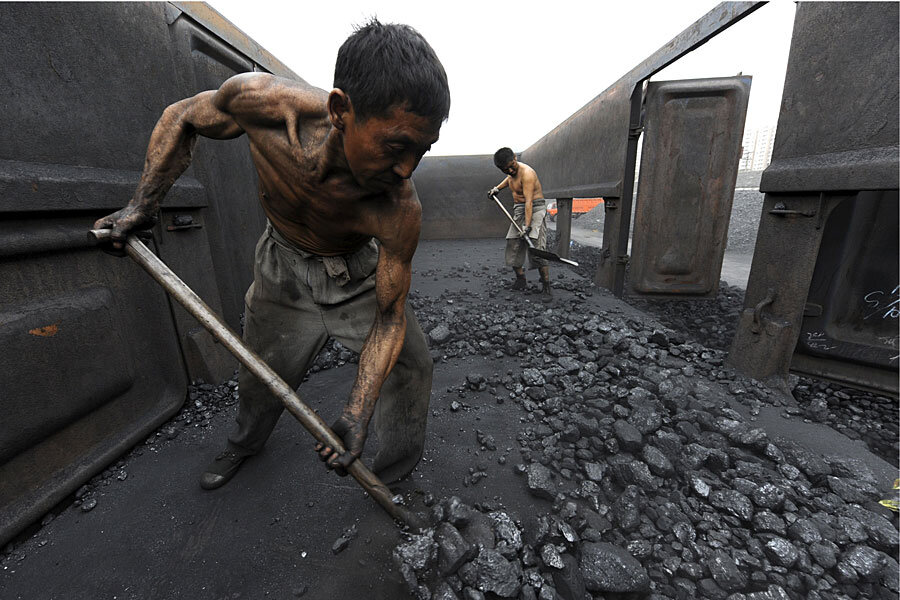Report: China is burning way more coal than we thought
Loading...
China is emitting far more pollution from coal than the government has previously reported, according to The New York Times.
The Times reports that the country has been burning 17 percent more coal annually than once thought, equating to a billion more tons each year. That increase alone is equal to about 70 percent of what the world's second largest coal polluter, the United States, consumes every year.
While China has pledged to stall growth in its carbon emissions by 2030, this new development poses serious challenges to that goal and broader efforts to address climate change.
But why were emissions so drastically underreported in the first place? According to the Times, inadequate data collection may be the culprit:
The new data, which appeared recently in an energy statistics yearbook published without fanfare by China’s statistical agency, show that coal consumption has been underestimated since 2000, and particularly in recent years. The revisions were based on a census of the economy in 2013 that exposed gaps in data collection, especially from small companies and factories ...
… The new data indicated that much of the change came from heavy industry — including plants that produce coal chemicals and cement, as well as those using coking coal, which goes to make steel ... The correction for coal use in electric power generation was much smaller.
The same problematic data collection occurred in China during the late 1990s, when small coal mines were told to shut down but many continued operating without telling the government their output. This contributed to a mirage that suggested China had achieved economic growth while cutting emissions.
In August, The Christian Science Monitor reported on a study that actually argued China’s total CO2 emissions are overestimated:
The paper states that Chinese CO2 emissions have been substantially overestimated in recent years, and emphasizes that evaluating countries' commitments and progress toward reducing CO2 emissions depends upon the accuracy of annual emissions estimates and reducing uncertainties.
The Monitor also reported on a study that said China would achieve its goal of an emissions peak five years ahead of schedule, in 2025.
But these new revelations complicate that estimate and provide for an awkward preface to the upcoming United Nations climate talks in Paris, in which nearly 200 countries will convene to establish an agreement aimed at curbing global greenhouse-gas emissions.
While the new data suggests China’s emissions peak may be higher, it also may indeed come sooner.
“I think this implies that we’re closer to a peak, because there’s also been a falloff in coal consumption in the past couple of years,” Yang Fuqiang, a former energy official in China who now advises the Natural Resources Defense Council, told the Times.







